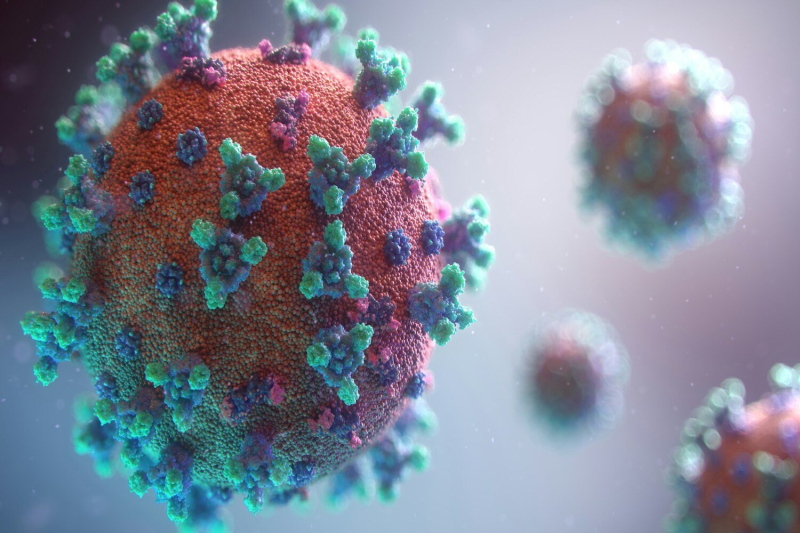
© Fusion Medical Animation/Unsplash
In a recent publication dated 30 July, the World Health Organization unveiled an updated list of priority. These microorganisms, selected for their potential to trigger a global health crisis, now include viruses such as influenza A, dengue fever, and monkeypox.
This colossal undertaking mobilized more than 200 scientists who analyzed data on 1,652 species of pathogens, with the aim of identifying the threats of greatest concern.
A new assessment methodology
The methodology for developing this list has been considerably refined, now incorporating a more holistic and systematic approach. This development allows for the inclusion not only of isolated viruses, but also of entire viral and bacterial families that could cause pandemics.
Ana Maria Henao Restrepo, head of the WHO team responsible for the research and development plan for epidemics, explains that “This prioritization process helps identify critical knowledge gaps that urgently need to be filled ». This comprehensive approach aims to optimize research efforts and ensure a more judicious allocation of resources.
Thus, coronaviruses of the Sarbecovirus group, including the infamous SARS-CoV-2 responsible for the COVID-19 pandemic, are now considered as subgroups in their own right, and no longer as isolated viral entities.
This development reflects an increased awareness of the threat posed by these viral families as a whole, thereby strengthening our ability to anticipate and develop coordinated responses to the health challenges that await us in the future.
Varied and threatening pathogens
The WHO updated list includes notorious infectious agents, but also less publicized viruses and bacteria, although equally threatening. The monkeypox virus, which recently caused a global epidemic in 2022, has revived concerns.
Despite the eradication of smallpox in 1980, the lack of widespread vaccination in the contemporary population still raises concerns. Neelika Malavige, an immunologist at Jayewardenepura University in Colombo, Sri Lanka, goes even further and warns that “the virus could potentially be used by terrorists as a biological weapon “.
200% Deposit Bonus up to €3,000 180% First Deposit Bonus up to $20,000Other threats identified include influenza A viruses, including the H5 subtype that recently affected U.S. livestock. Five new bacteria were also added to the list, causing diseases such as cholera, plague, dysentery, diarrhea and pneumonia. Although often confined to certain regions, these pathogens could spread globally, aided by increased international travel and environmental changes.
A rapidly changing environment
Ecological upheavals, including global warming and rapid urbanization, increase the risk of zoonotic transmission(transmission of a disease from an animal to a human). Two viruses carried by rodents have also joined the list because of their potential for human-to-human transmission.
The Nipah virus, for example, transmitted by bats, remains a serious threat due to its high animal transmissibility and the absence of effective treatments. Naomi Forrester-Soto, a virologist at the Pirbright Institute, points out that many priority pathogens, currently confined to specific areas, could spread globally.
The WHO has also established a separate list of prototype pathogens, which serve as models for basic research and the development of therapies and vaccines. Forrester-Soto says this initiative is of great importance and could stimulate research on less studied pathogens.
The expansion of the list of these pathogens shows that the & #8217;WHO anticipates the emergence of future health crises. While some are unlikely to cause a major outbreak, this update is essential to staying ahead of potential threats. Even if, as Forrester-Soto reminds us, “ the emergence of new pathogens has almost always caught us off guard », predicting the unpredictable remains a fundamental challenge for public health on a global scale.
- The WHO has revised and expanded its list of pathogens most likely to cause pandemics.
- The methodology used to establish this list is more global and takes into account more factors.
- The list includes well-known viruses such as influenza A and monkeypox, but also less publicized bacteria and viruses transmitted by animals.
📍 To not miss any Presse-citron news, follow us on Google News and WhatsApp.
325.2 k reviews
[ ]

